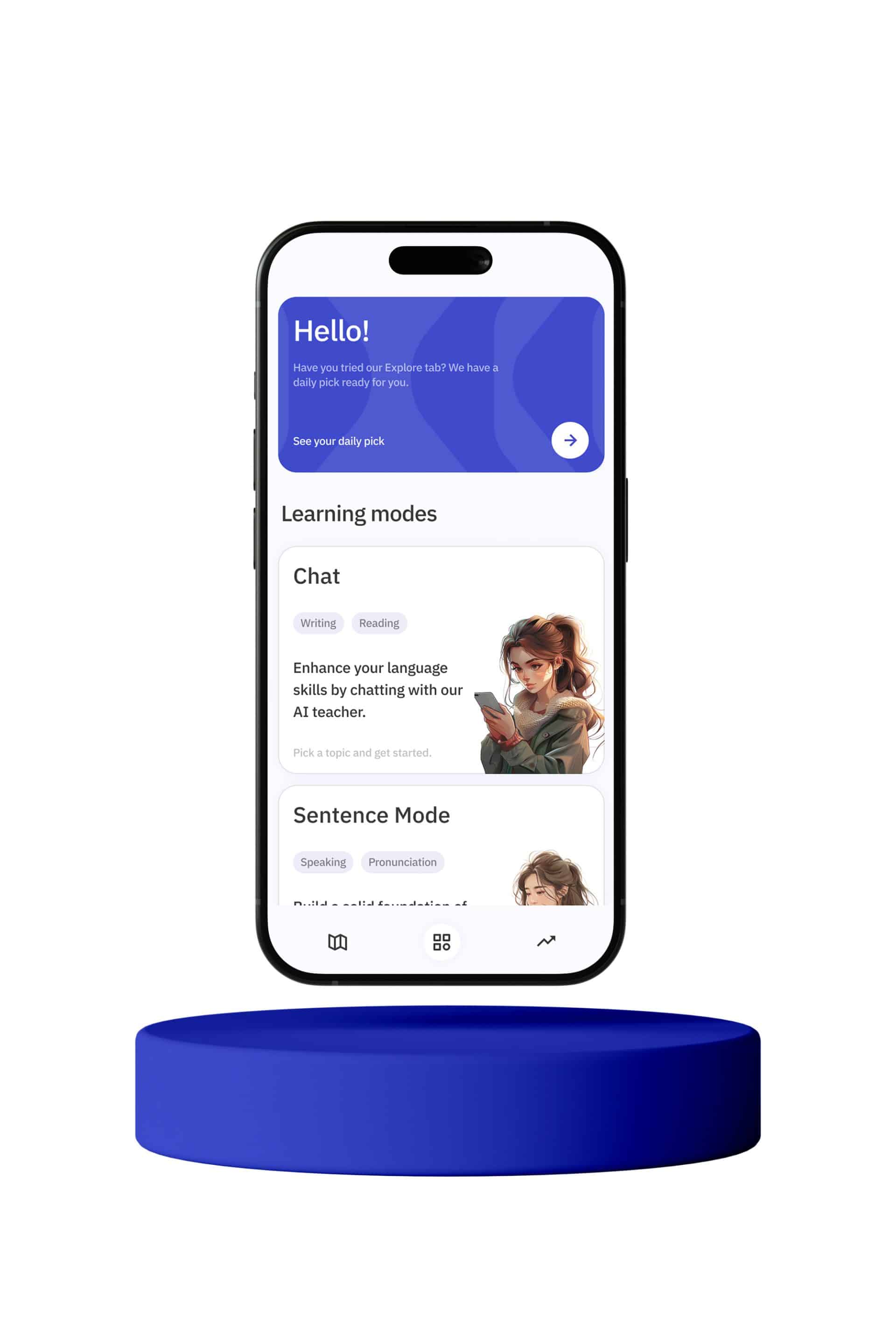When learning a new language, understanding terms of endearment can be both fascinating and complex. Finnish, a language known for its unique structure and vocabulary, offers a variety of affectionate terms used among loved ones. Two of the most common terms are rakas and kulta, which can be roughly translated to dear and darling in English. In this article, we’ll delve into the nuances of these words, their usage, and cultural significance.
To begin with, let’s explore the word rakas. The word rakas translates directly to dear in English. It is derived from the Finnish word rakkaus, which means love. This term is often used to address someone with whom you share a deep emotional bond. For instance, you might call your spouse, child, or even a very close friend rakas. The term carries a sense of warmth and intimacy that is universally understood.
In contrast, kulta translates to darling or gold. The literal translation, gold, signifies something precious and valuable. This word is commonly used in romantic relationships but can also be extended to children and close family members. Unlike rakas, which emphasizes emotional connection, kulta highlights the value and cherished nature of the person being addressed.
The usage of these terms can be context-dependent. For example, in a romantic relationship, you might use both rakas and kulta interchangeably to express affection. However, there are subtle differences in connotation. Rakas might be used more frequently in written communication, such as love letters or text messages, to convey deep emotional feelings. On the other hand, kulta is often used in spoken language to emphasize endearment and affection.
Additionally, both terms can be modified to express varying degrees of affection. For instance, rakastettu is a more formal and intense version of rakas, meaning beloved. Similarly, kullanmuru is an affectionate term derived from kulta, which can be translated to sweetheart or honey. These variations allow speakers to tailor their expressions of love and endearment to suit different relationships and contexts.
It’s also interesting to note that Finnish culture places a strong emphasis on the sincerity of emotions. Therefore, using terms like rakas and kulta is not taken lightly. When a Finn addresses someone with these words, it is a genuine expression of their feelings. This cultural aspect adds depth to the usage of these terms, making them more meaningful.
Pronunciation and intonation play a crucial role in conveying the right emotion. The word rakas is pronounced with a rolled ‘r’ and a stress on the first syllable, making it sound tender and heartfelt. On the other hand, kulta is pronounced with a soft ‘k’ and a stress on the first syllable, giving it a warm and affectionate tone. Paying attention to these nuances can enhance your ability to use these terms appropriately.
In addition to romantic and familial contexts, these terms can also be used in a broader social setting. For example, you might hear a Finnish grandmother call her grandchild rakas or kulta, signifying a deep familial bond. Similarly, close friends might use these terms to express their affection and appreciation for each other.
In Finnish literature and music, rakas and kulta are frequently used to evoke emotions and connect with the audience. These terms can be found in love poems, songs, and even everyday conversations, reflecting their importance in Finnish culture. Understanding their usage in these contexts can provide valuable insights into the language and its cultural significance.
For language learners, incorporating rakas and kulta into your vocabulary can enrich your understanding of Finnish. Practice using these terms in different contexts to become more comfortable with their nuances. Additionally, listening to native speakers and paying attention to their intonation can help you grasp the emotional depth these words convey.
To sum up, rakas and kulta are two essential terms of endearment in Finnish that translate to dear and darling in English. While rakas emphasizes emotional connection, kulta highlights the value and cherished nature of the person being addressed. Understanding the cultural significance and proper usage of these terms can enhance your ability to express affection in Finnish. Whether you’re addressing a loved one, family member, or close friend, using rakas and kulta can help you connect on a deeper level.
In conclusion, mastering terms of endearment like rakas and kulta is an important step in becoming proficient in Finnish. These words not only enrich your vocabulary but also provide a window into the cultural values and emotional expressions of the Finnish people. So go ahead, practice using these terms, and experience the warmth and affection they bring to your conversations.








